In Nelson they’re building an ark to the future. The Brook Waimarama Sanctuary is at the site of a long-abandoned water reserve – a huge area comprised mainly of pristine old-growth forest. This ark for indigenous wildlife is 691 hectares in size, making it 2½ times the size of Zealandia or Orokonui.
Like Wellington’s Zealandia and Orokonui, just north of Dunedin, the Brook Waimarama Sanctuary is surrounded by a pest -proof fence. Completed in September this year, the fence is 14.4km long and took 2 years to construct, with years of fundraising efforts before that. Next winter the last of the predators will be removed from inside the fenceline.
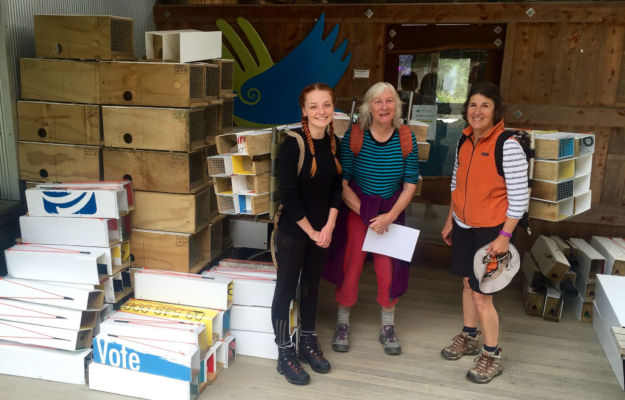
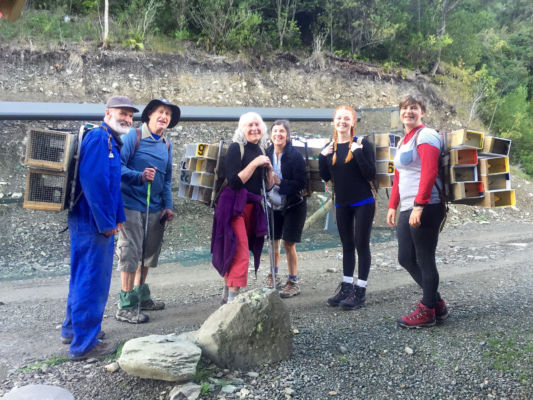
“It’s a highly technical operation involving a lot of logistics,” according to sanctuary manager, Hudson Dodd. “When you’re aiming to remove 100% of pests, you have to do it right.”
Once predators are removed, the ‘fun part’ can begin with the reintroduction of species that have been lost from the Nelson region.
“There’s already a rich ecology of plants,” says Hudson, “The Nelson Botanical Society love coming out here. And there’s a lot of biodiversity already, with relatively rare birds present in low numbers. There are riflemen, falcons, robins, tomtits, along with kereru and bellbirds. It’s ready to explode once predators are removed!”
It all began back in 2002 with an initial idea for a sanctuary. After an initial feasibility study backed the concept, a charitable trust was formed in 2004.
The founding and current chair of the Brook Waimarama Trust is Dave Butler, who has previously worked with the Department of Conservation. He was the first manager of the DOC’s Nature Recovery Programme at Lake Rotoiti. That programme involved an intensive suite of trapping and baiting predator control operations, but had limited success.
“While great spotted kiwi and kaka can defend themselves against stoats from a relatively young age, some of our most vulnerable endangered species can’t,” says Hudson. “It showed Dave why we needed to build a predator proof fence.”
There has, however, been a great deal of predator control at the Brook Waimarama Sanctuary, while funds were being raised and the fence built.
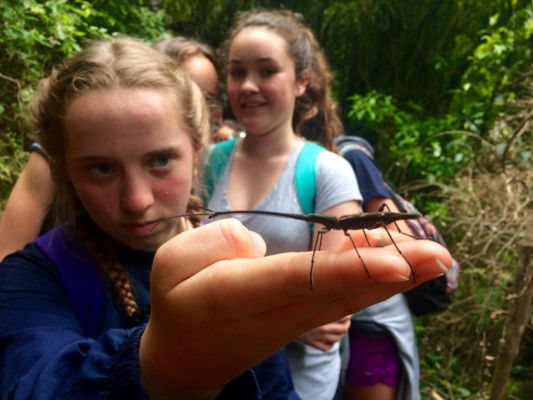
“With trapping so far, over 8 years, we’re removed about 30,000 pests,” says Hudson. “In the early years it was rats, stoats, possums, mice, feral cats and hedgehogs. We’ve also been culling ungulates – deer, goats and pigs.”
It’s had a noticeable effect.
“In the first few early years bird monitoring saw an increase in birdlife,” says Hudson. “But you only get so far. That’s the justification for the fence. Sanctuaries embrace the long-term vision for a predator-free New Zealand, but we don’t yet have the tools and means. “
The volunteer input for pest control and track cutting at Brook Waimarama has been phenomenal.
“Around 400 volunteers are putting in 30,000 hours of work per year,” says Hudson. “There are all ages involved, retired people, college students, families.”
The sanctuary has also partnered with the Nelson Marlborough Institute of Technology and DOC to develop the Brook Conservation Education Centre, to deliver the national trainee ranger programme. Trainee rangers complete fieldwork components of their course at the Brook Waimarama Sanctuary.
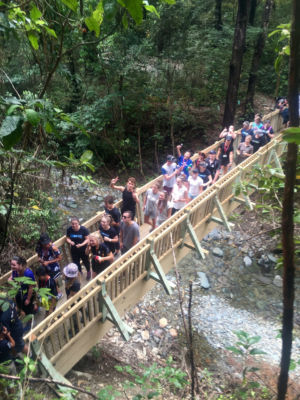
Early on in its development, the Brook Waimarama Trust built a visitor centre. The award-winning centre opened in 2008 and provides a base for volunteer teams to work from and where the general public can visit and learn about the sanctuary project. Hudson considers the sanctuary’s education programme to be very important.
“This is a long term, multigenerational initiative. It’s crucial we bring the next generations along with us on the journey,” he says. “It’s important to give kids a grounding in environmental and conservation issues so that they understand the issues and get involved. We have 100 school groups visit per year – that’s 3000 kids learning about science and ecology and getting out in nature.”
In partnership with local iwi, Ngati Kuia, an outdoor classroom “in the heart of the bush” opened last February. An educator is employed at the sanctuary and visiting classes learn about monitoring rodents, invertebrates and water quality and how to identify native plants.
In 2013 the major capital fundraising campaign to build the perimeter fence was launched.
“A total of $4.7 million was raised by July 2014,” says Hudson. “It was a big undertaking for Nelson. Sponsored fence posts raised $340,000 of that total, with 1400 posts being sponsored so far. Nelson City Council is also very supportive. We lease the site from Council and they contributed $1 million towards the fence. They also provide a modest annual grant for operating costs.”
Hudson hopes the Brook Waimarama Sanctuary will create a “remarkable experience” for visitors.
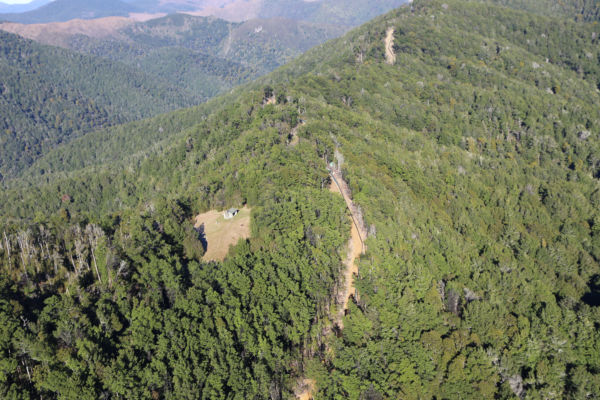
The Trust are exploring phone apps and Bluetooth options to enhance visitor experience, along with more traditional interpretive signage. One pedestrian bridge has been built as part of the public track system with more bridges, view points and picnic areas planned. And then there are the reintroductions to look forward to, as well as the expected increases in species already present once all predators are finally removed next winter.
Saddlebacks and mohua may be among the birds reintroduced in future, along with kiwi and kaka.
“There are a whole suite of species that used to be here,” says Hudson. “Reintroductions will happen over a number of years. There’s a lot of planning and permissions. We will work closely with DOC and iwi. It also costs money.”
The fundraising won’t be stopping any time soon… Building an ark to the future is an incredible venture – but it doesn’t come cheap.

